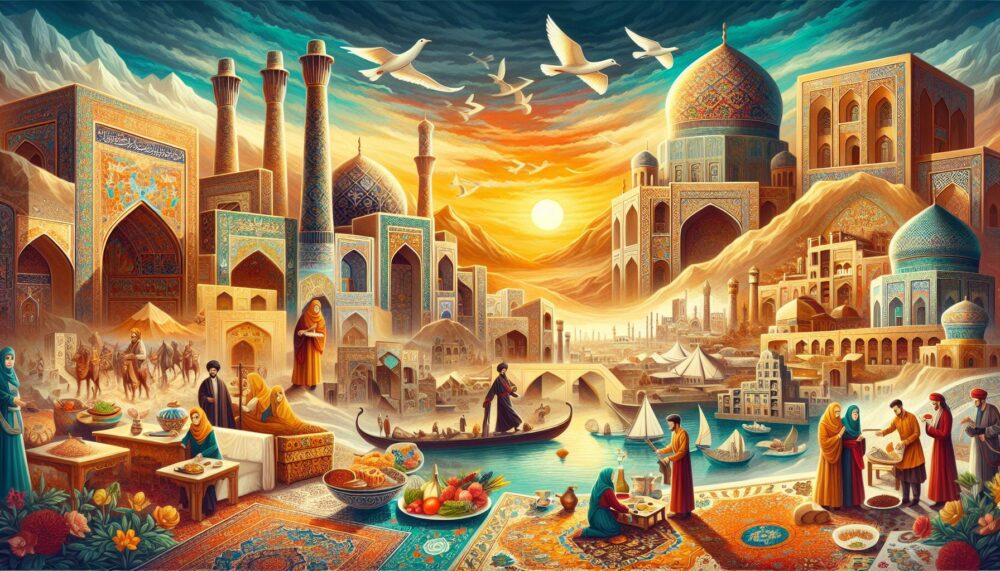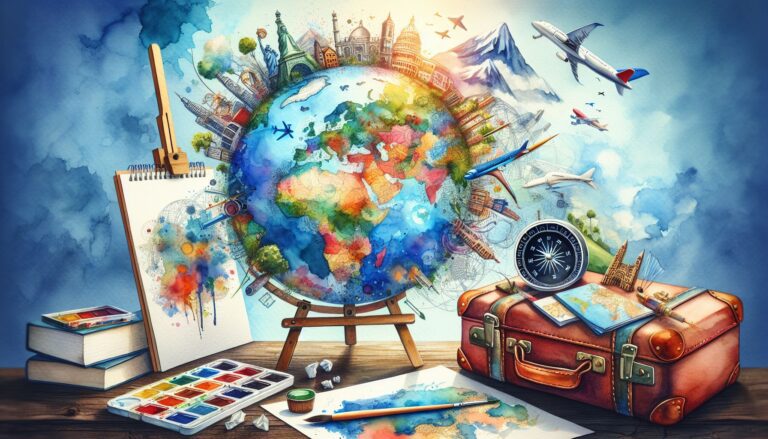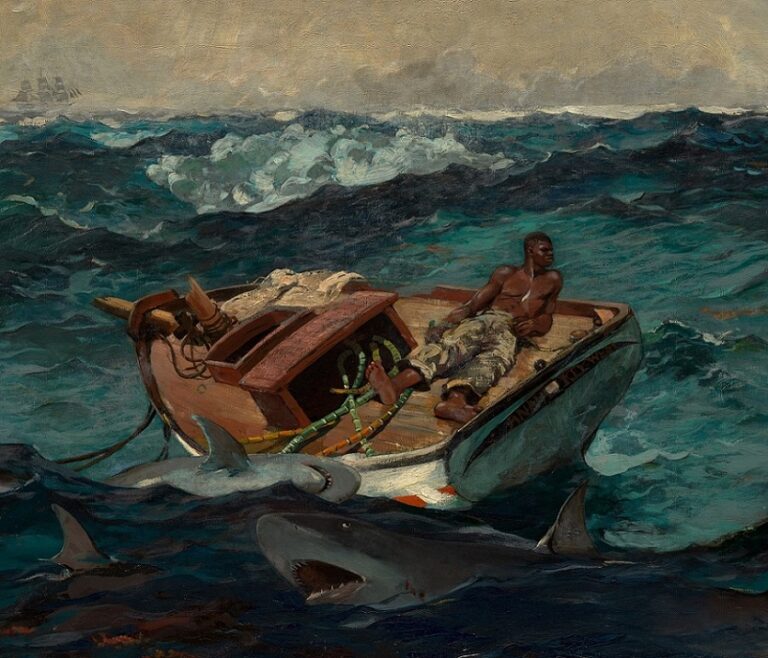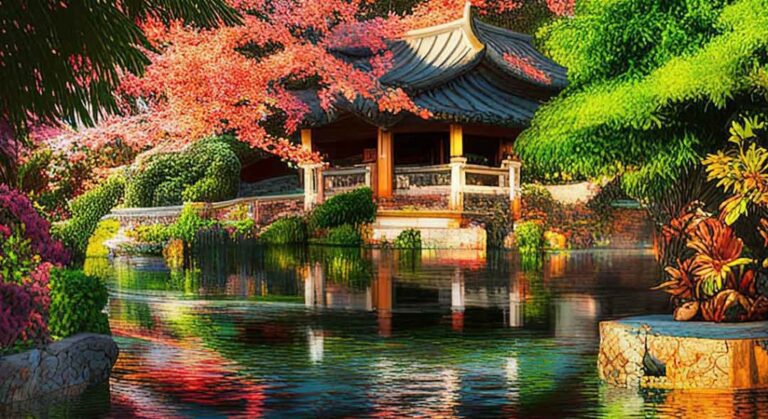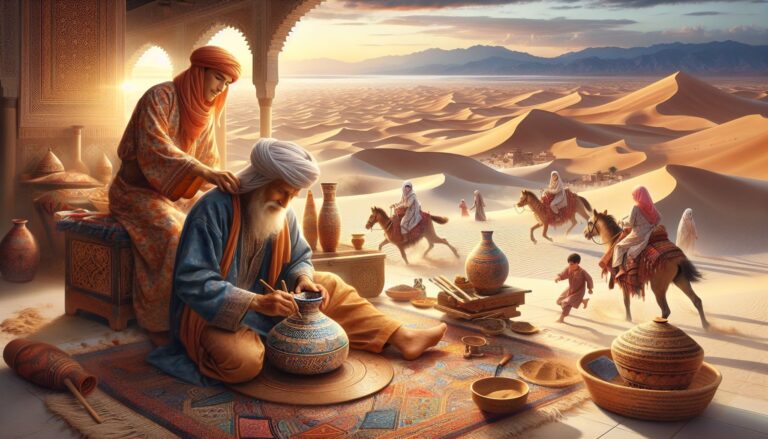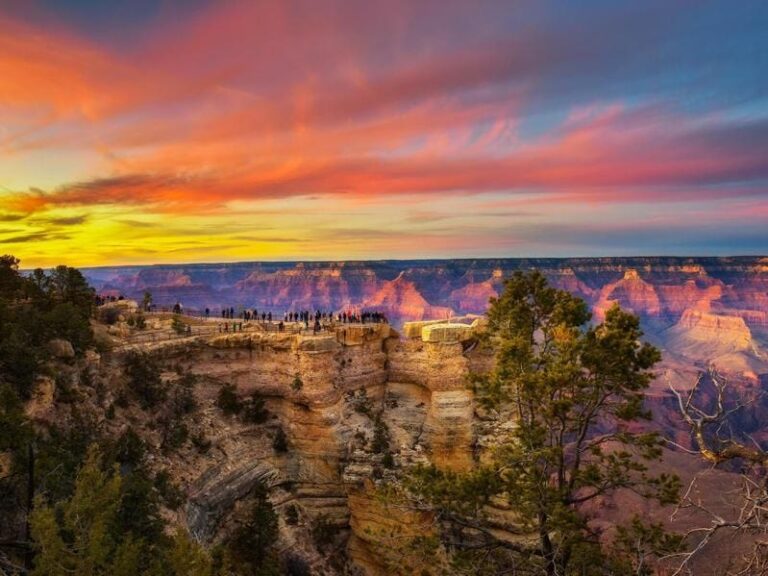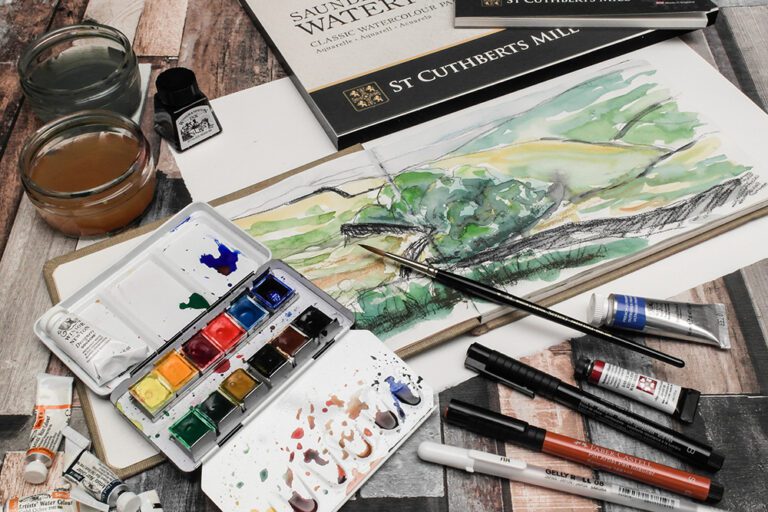Unveiling the Artistry of Iran: A Rich Tapestry of Tradition and Heritage
Once upon a time, there was an empire that rested comfortably in the bosom of the ancient Silk Road. A nation that, over the centuries, withstood the clatter and roar of invasions, political unrest, and cultural revolution. A kingdom whose heart echoed with the rhythm of the poets, and whose soul flowed like the intricate patterns of its artworks. This, ladies and gentlemen, is Iran – a beguiling blend of culture, history, and breathtaking landscapes.
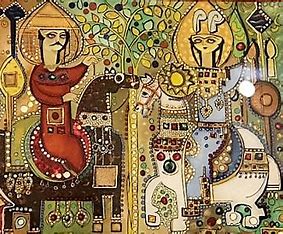

Iran’s cities are like chapters in a book, each narrating a different issue, yet intricately woven into the overall narrative. The city of Yazd, for instance, shows the unique, earth-toned landscape of Persia’s ancient architecture and Zoroastrian history. Contrastingly, Shiraz is a testament to Persia’s poetic and artistic past, with colourful gardens and ornate tombs dedicated to its great poets, Hafez and Saadi.
Traveling through Iran, one cannot escape the magnetic allure of its traditional bazaars. A labyrinth of trading and bartering, the bazaars of Tabriz, Isfahan, and Tehran are pulsating hearts of the cities. Your senses will be flooded with sights of rich Persian carpets, intricate miniatures, glittering jewellery, and the tantalising scent of spices and fresh bread. Once in a while, you might even spot artisans working on a Khatam, the incredibly detailed marquetry work that Iran is famed for.
While the natural landscapes of Iran boast some of the world’s most diverse ecosystems – from the cloud forests of the Caspian Sea coast to the burning sands of the Lut Desert – it is the cultural landscapes that make Iran truly enchanting. Every fabric woven, every miniature painted, every verse penned, narrates a part of Iran’s intricate cultural tapestry. Exploring this kaleidoscope of artistry is like traversing through layers of history, seeing the ebb and flow of empires through the eyes of its artists.
Like the threads of a Persian carpet merging into a magnificent pattern, the journey through Iran brings together the physical journey through landscapes and cities, the historical journey through time, and the emotional journey of understanding and appreciating a culture so rich and enduring.
Yet, amidst its rich history and traditional artistry, Iran also embraces a thriving contemporary arts scene. Visit the Tehran Museum of Contemporary art and you will find a juxtaposition of Western masters next to domestic stalwarts, reflecting Iran’s strides into the contemporary global art scene.
Undeniably, Iran can be an artistic feast for the travel enthusiast, a treasure chest of cultural riches against the backdrop of a misunderstood present. But as history sways on the thread of time and perceptions shift, it opens space for the discovery of destinations like Iran. Destinations that are not just visually appealing, but also culturally invigorating, intellectually enriching, and emotionally stirring.
In conclusion, uncovering the artistry of Iran is much akin to tracing the delicate outlines of a Persian miniature, threading the complex patterns of a rug, or drifting through the verses of a Persian poem. It is a journey that is at times intoxicating in its richness, at times overwhelming in its depths, but constantly rewarding to the curious and open-minded traveller.
